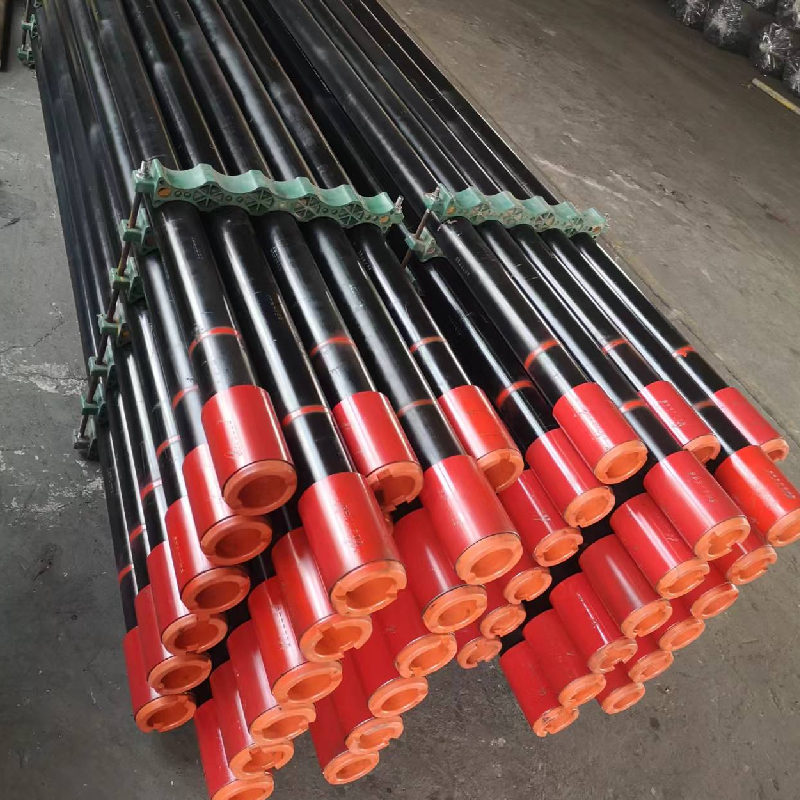- Afrikaans
- Albanian
- Amharic
- Arabic
- Armenian
- Azerbaijani
- Basque
- Belarusian
- Bengali
- Bosnian
- Bulgarian
- Catalan
- Cebuano
- Corsican
- Croatian
- Czech
- Danish
- Dutch
- English
- Esperanto
- Estonian
- Finnish
- French
- Frisian
- Galician
- Georgian
- German
- Greek
- Gujarati
- Haitian Creole
- hausa
- hawaiian
- Hebrew
- Hindi
- Miao
- Hungarian
- Icelandic
- igbo
- Indonesian
- irish
- Italian
- Japanese
- Javanese
- Kannada
- kazakh
- Khmer
- Rwandese
- Korean
- Kurdish
- Kyrgyz
- Lao
- Latin
- Latvian
- Lithuanian
- Luxembourgish
- Macedonian
- Malgashi
- Malay
- Malayalam
- Maltese
- Maori
- Marathi
- Mongolian
- Myanmar
- Nepali
- Norwegian
- Norwegian
- Occitan
- Pashto
- Persian
- Polish
- Portuguese
- Punjabi
- Romanian
- Russian
- Samoan
- Scottish Gaelic
- Serbian
- Sesotho
- Shona
- Sindhi
- Sinhala
- Slovak
- Slovenian
- Somali
- Spanish
- Sundanese
- Swahili
- Swedish
- Tagalog
- Tajik
- Tamil
- Tatar
- Telugu
- Thai
- Turkish
- Turkmen
- Ukrainian
- Urdu
- Uighur
- Uzbek
- Vietnamese
- Welsh
- Bantu
- Yiddish
- Yoruba
- Zulu
Exploring the Importance of Tubing Couplings in Oil and Gas Operations
Tubing Coupling An Essential Component in Oil and Gas Operations
In the oil and gas industry, the extraction of hydrocarbons from deep within the earth is a complex process that relies heavily on a variety of equipment and components. One crucial element in this process is the tubing coupling, which plays a vital role in connecting sections of tubing used in drilling and production operations. Understanding tubing couplings and their functionality is essential for professionals involved in drilling, production, and maintenance.
What is Tubing Coupling?
A tubing coupling is a mechanical device designed to connect two lengths of tubulars, typically used in the completion and production phases of oil and gas wells. It serves as a connector for both seamless and welded pipe specifications, allowing for secure and efficient transportation of fluids from the reservoir to the surface. Tubing couplings are engineered to withstand high pressures and temperatures, ensuring they can perform reliably in extremely challenging environments.
Design and Materials
Tubing couplings are typically made from high-strength carbon steel or alloy steel, offering durability and resilience against corrosive fluids and environmental conditions. The design usually involves a threaded connection that enables easy assembly and disassembly, which is essential for maintenance and repair operations. The standard dimensions and thread designs are often specified by industry standards, such as API (American Petroleum Institute) specifications, ensuring compatibility and interchangeability across various tubing systems.
Types of Tubing Couplings
There are several types of tubing couplings, each optimized for particular applications
1. Threaded Couplings The most common type, where male and female threads connect the pipe segments. These are straightforward to fabricate and install.
2. Welded Couplings In applications where strength and integrity are paramount, welded couplings are used. They provide a permanent connection, ensuring minimal risk of leaks.
tubing coupling

3. Slip-on Couplings These are used for quick connections and are secured using a set screw or welding. They are often used in temporary installations or where ease of installation is necessary.
4. Flange Couplings Typically used in larger diameter pipes, these couplings connect using a bolt-and-flange system, allowing for robust seals and simplified disassembly.
Applications in Oil and Gas Operations
Tubing couplings find their primary application in the drilling and production of oil and gas wells. During the drilling phase, they allow for the extension of the drill string, which is essential for reaching deeper reservoirs. Once drilling is complete, tubing couplings facilitate the formation of a continuous tubing string that channels the extracted hydrocarbons to the surface.
Additionally, couplings are critical in workover operations, where existing wells are serviced or reworked. They allow for the easy removal and replacement of tubing sections, ensuring that operations can be conducted efficiently and with minimal downtime.
Challenges and Considerations
While tubing couplings are vital in oil and gas operations, they are not without challenges. One of the significant issues is the potential for failure due to corrosion or physical wear over time. Regular inspection and maintenance are crucial to mitigate this risk. Advanced materials and coatings are increasingly being used to enhance the longevity and performance of couplings in harsh environments.
Another consideration is the need for precise engineering to accommodate the varying stresses and loads experienced during drilling and production. Engineers must carefully select the appropriate type of coupling based on the specific conditions of each well, considering factors such as pressure, temperature, and the chemical composition of the fluids being transported.
Conclusion
In summary, tubing couplings are a vital component of oil and gas operations, enabling the efficient transportation of hydrocarbons from the reservoir to the surface. With various types designed for specific applications, these couplings play a critical role in ensuring the success and safety of drilling and production activities. As the industry continues to evolve, advancements in materials and engineering design will further enhance the capabilities and reliability of tubing couplings, contributing to more efficient and sustainable oil and gas extraction processes. Understanding and properly maintaining these components is essential for any industry professional striving for success in the challenging world of energy production.
-
Tubing Pup Joints: Essential Components for Oil and Gas OperationsNewsJul.10,2025
-
Pup Joints: Essential Components for Reliable Drilling OperationsNewsJul.10,2025
-
Pipe Couplings: Connecting Your World EfficientlyNewsJul.10,2025
-
Mastering Oilfield Operations with Quality Tubing and CasingNewsJul.10,2025
-
High-Quality Casing Couplings for Every NeedNewsJul.10,2025
-
Boost Your Drilling Efficiency with Premium Crossover Tools & Seating NipplesNewsJul.10,2025







